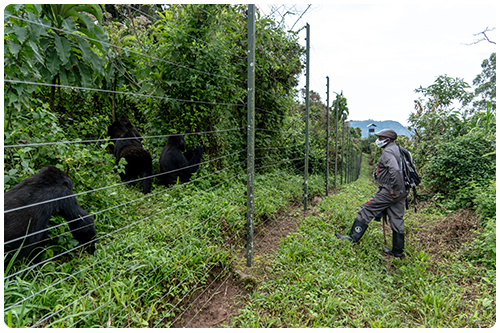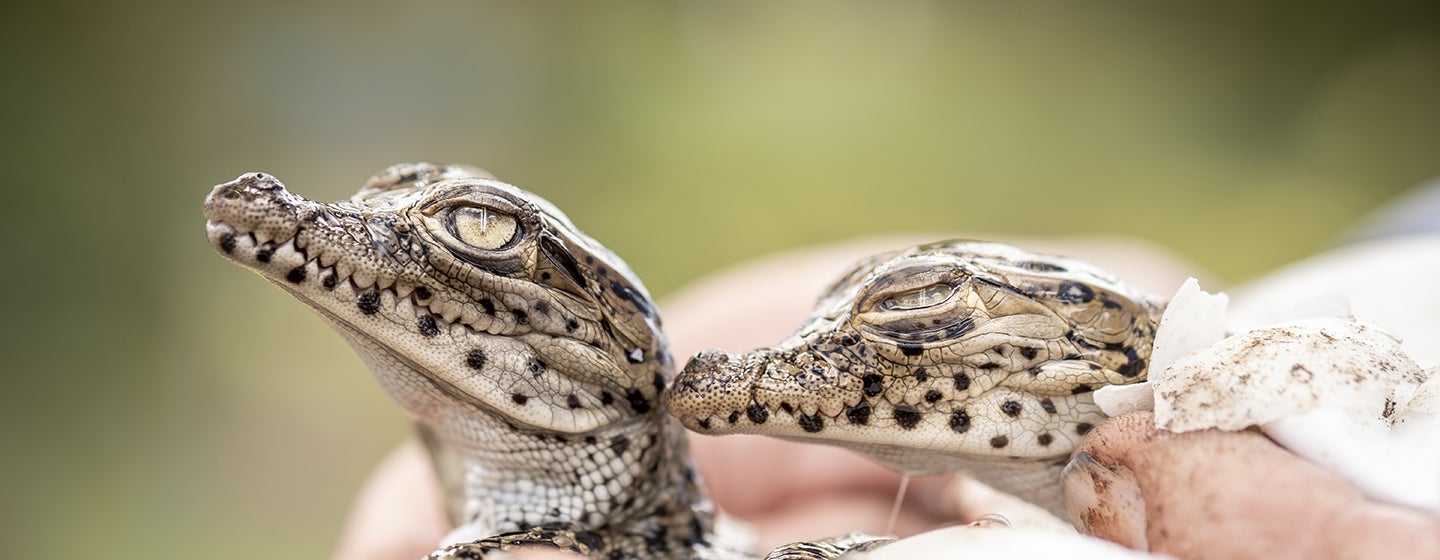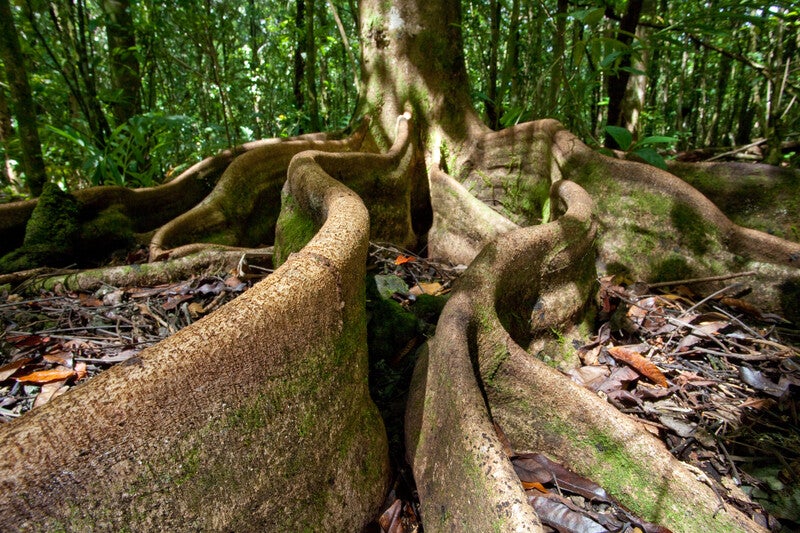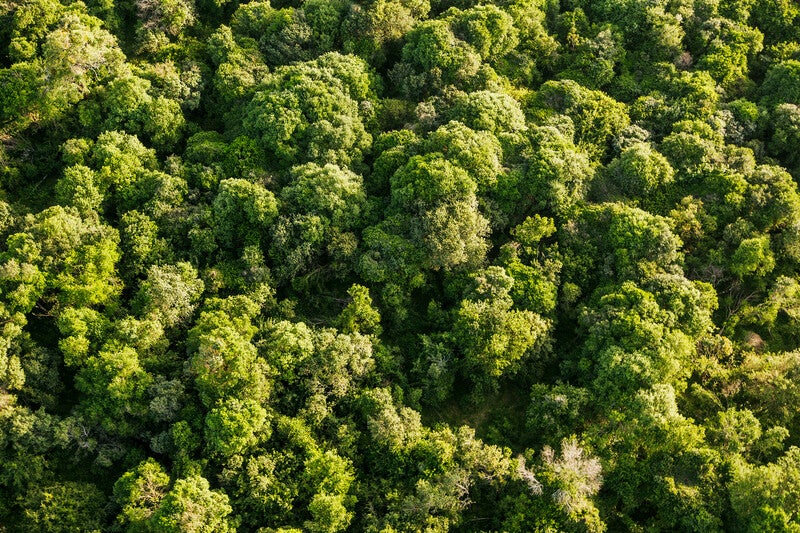What is rewilding?
Together, we can bring the wild back.
Rewilding is exactly what it sounds like.
Rewilding, a positive reframing for nature conservation, involves holistic solutions to remove barriers and reestablish vibrant wildlife populations and intact, functional, and resilient ecosystems that effectively integrate people. Rewilding means the mass recovery of ecosystems and the life-supporting function they provide.
Rewilding also means changing the way we think. Humans are part of the wild. We are one species among many, bound together in an intricate web of life that ties us to the atmosphere, the weather, the tide, the soils, the freshwater, the oceans, and all living creatures on the planet. The Earth is our home. Together, we can protect and restore it.
Rewilding occurs in three key ways.
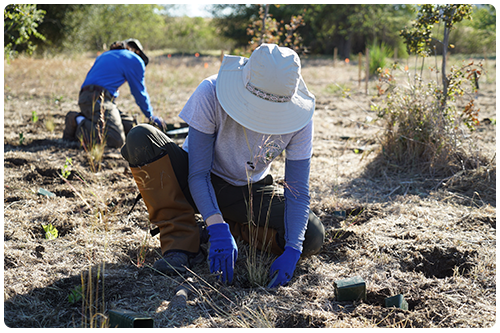
Habitat Restoration
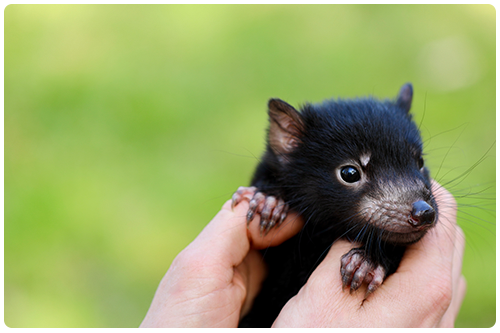
Species Reintroduction
